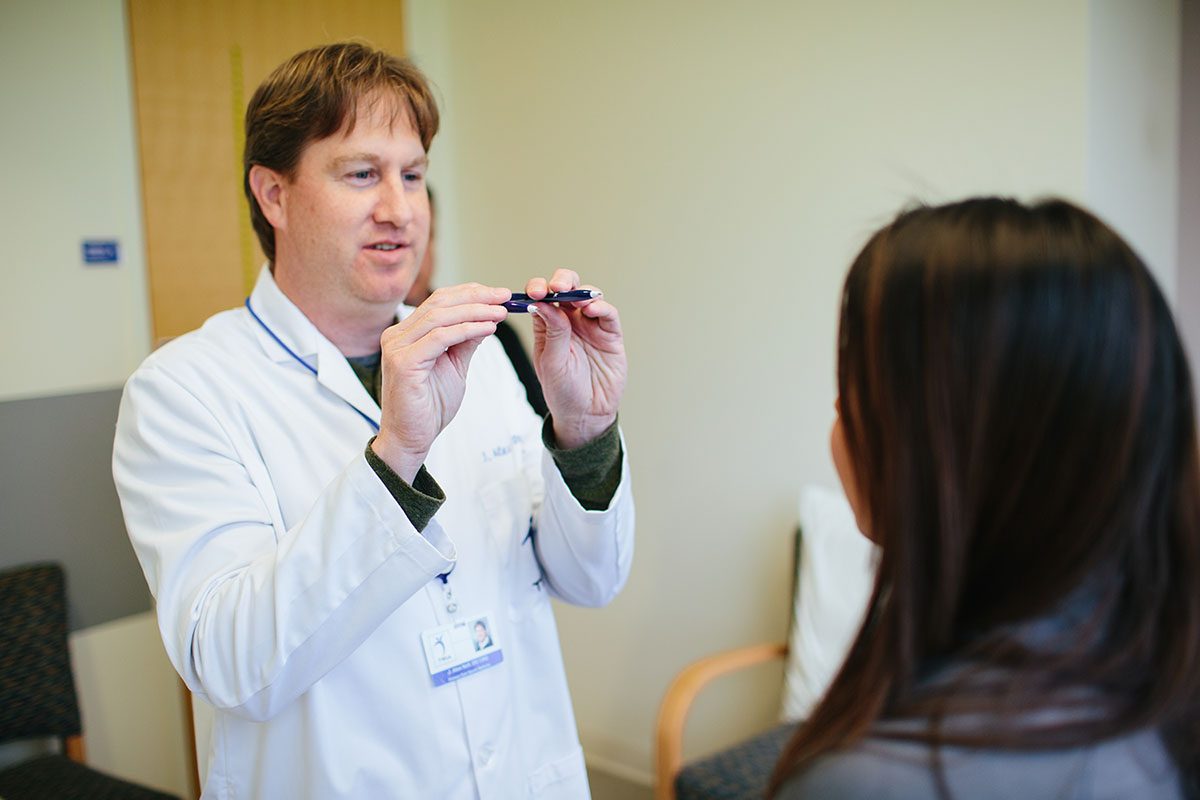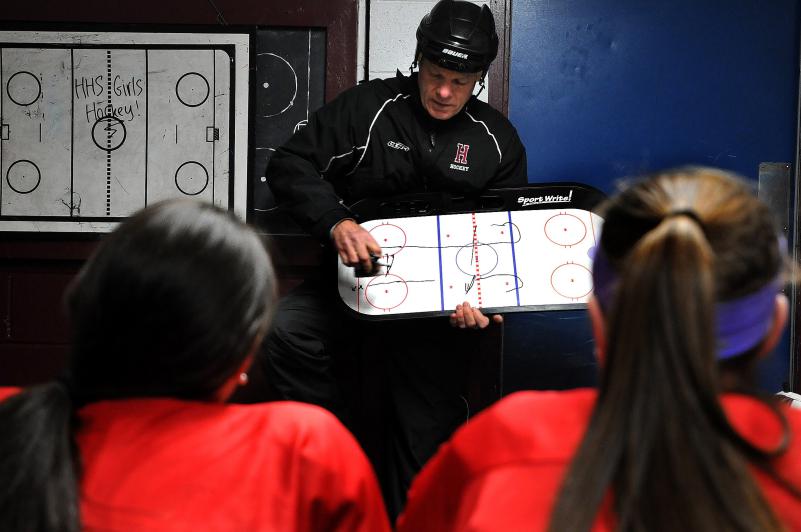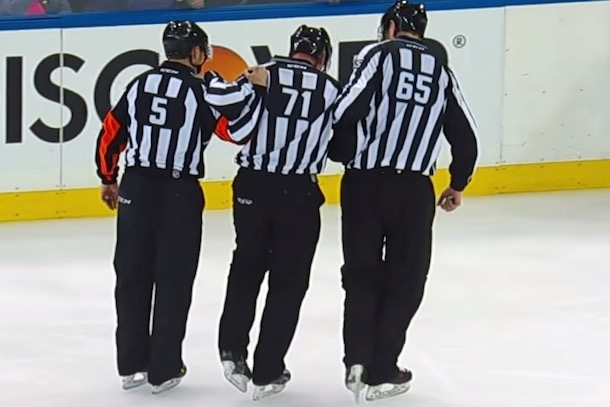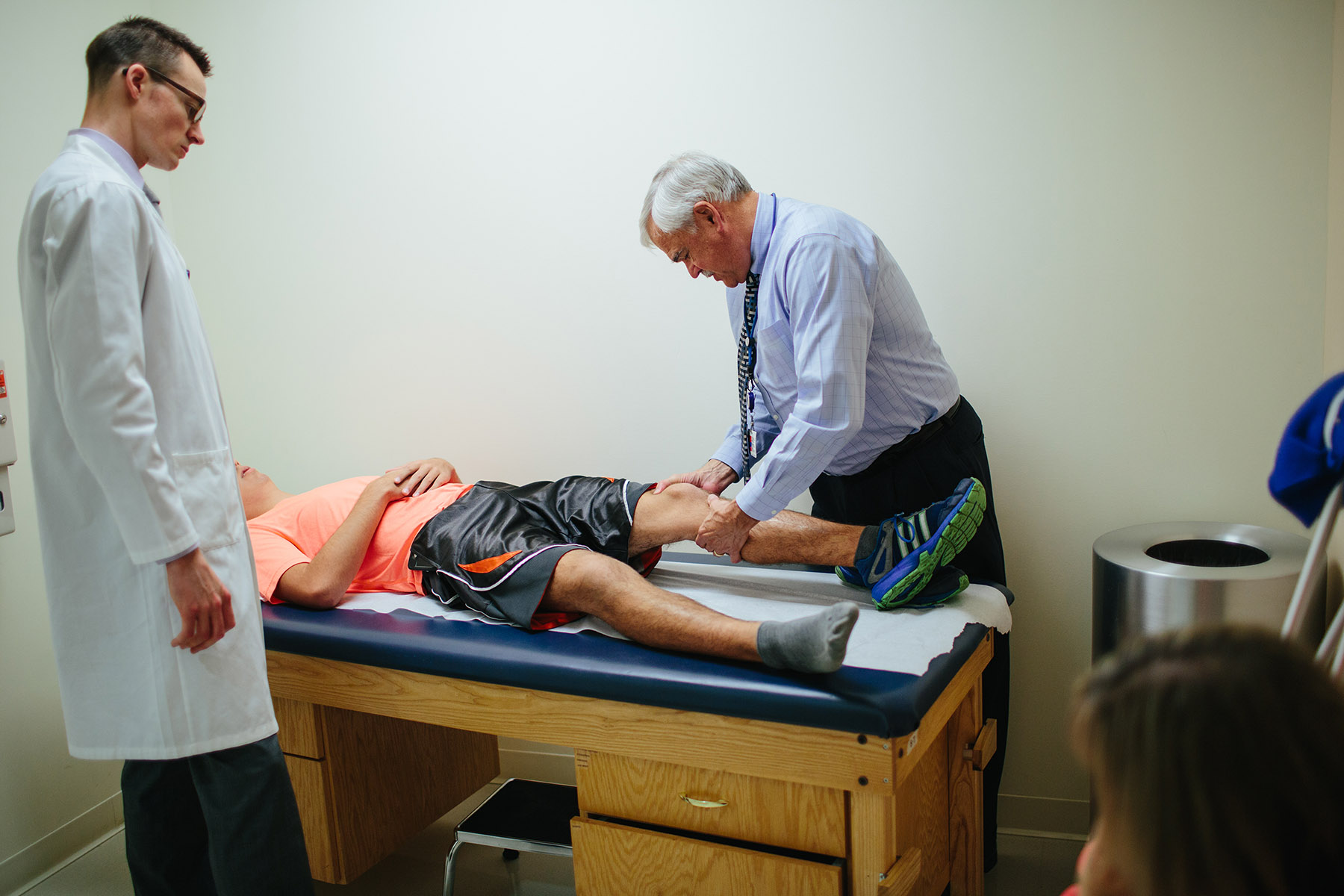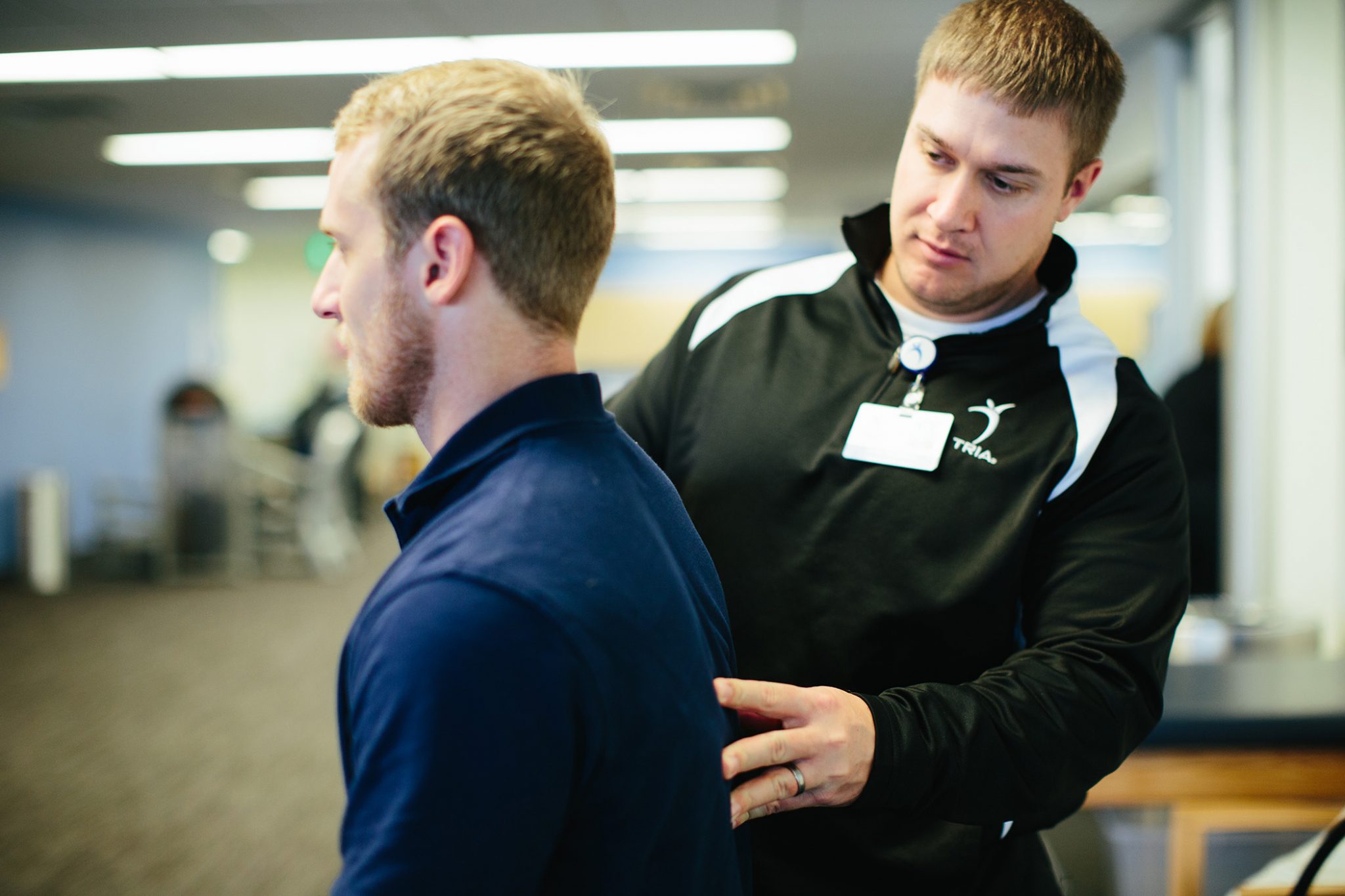Youth sports are passion for Alex Noll especially the area of sports concussion management. He’s committed to providing care for all athletes. He also believes in educating athletes, coaches and parents to help them recognize early signs and symptoms of a sports related concussion. His utmost concern is for the safety of athletes so that they are rewarded with safe participation and enjoyment of sports. Outside of work, he enjoys volunteering for the Washburn Games (Washburn Center for Children), providing volunteer care at high school sporting events and he and his wife are busy chasing after their three young children.
